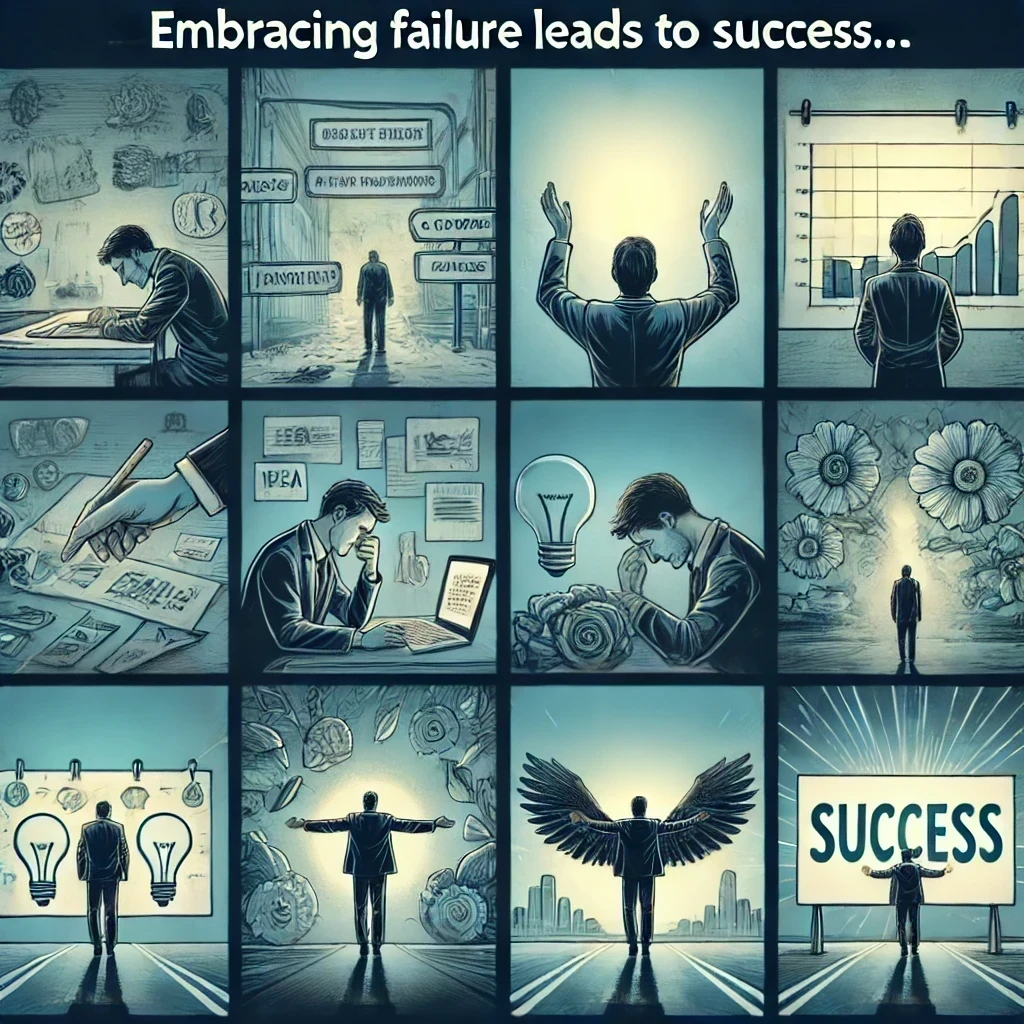
The Foundation of Psychological Safety
In the landscape of leadership, psychological safety is the invisible force that determines whether teams stagnate in fear or flourish in innovation. Rooted in the work of Amy Edmondson, the Harvard professor who pioneered the study of psychological safety, and reinforced by Daniel Kahneman’s insights on cognitive biases, this principle goes beyond simple trust. It is about creating an environment where intellectual bravery thrives, where dissent is welcomed, and where failure is not feared but reframed as a pathway to mastery.
The Psychological Barriers to Safety
Leaders often underestimate how deeply cognitive biases and power dynamics impact psychological safety. Three major psychological roadblocks stand in the way:
1. The Fear of Being Wrong (Loss Aversion & Status Threat)
Kahneman’s research shows that humans experience losses more intensely than gains. In leadership, this translates into a reluctance to admit mistakes or challenge existing norms.
Application: Leaders must reframe failure as a necessary cost of innovation rather than a personal shortcoming. Google’s Project Aristotle, which studied high-performing teams, found that teams with high psychological safety were the ones that embraced failure as a learning tool rather than a reputational risk.
2. Power Dynamics & Nietzsche’s ‘Master-Slave Morality’
Nietzsche’s philosophy suggests that hierarchical structures often encourage submissiveness rather than authenticity. In organizations where power is concentrated, employees self-censor rather than contribute valuable ideas.
Application: Leaders must flatten hierarchies when it comes to idea-sharing. Bridgewater Associates, the world’s largest hedge fund, uses ‘radical transparency’—every meeting is recorded, and employees openly challenge ideas, regardless of rank. This ensures the best ideas rise, not just the safest ones.
3. Groupthink & The Illusion of Consensus (Solomon Asch’s Conformity Experiments)
Solomon Asch’s famous experiments demonstrated how individuals conform to group opinions, even when they know the group is wrong. Organizations suffer when dissent is implicitly discouraged.
Application: Leaders must actively solicit opposing viewpoints. Amazon’s ‘Disagree and Commit’ principle ensures that employees voice concerns before decisions are made, but once a direction is chosen, the team unites behind it.
A Framework for Implementing Psychological Safety
1. Signal Openness & Encourage Intellectual Risk-Taking
- Start meetings with ‘pre-mortems’—discuss potential failures before executing a plan.
- Use structured debate techniques like the Red Team/Blue Team approach, where teams argue both for and against ideas.
2. Redefine Accountability—From Blame to Growth
- Shift feedback from retrospective judgment to forward-looking improvement.
- Implement ‘Failure Forums’ where teams analyze what went wrong in a blameless post-mortem.
3. Build a Culture Where Dissent is a Strength
- Create anonymous channels for radical candor (e.g., Google’s ‘Dory’ system allows employees to upvote concerns before all-hands meetings).
- Publicly reward those who challenge flawed assumptions.
Conclusion
The most effective leaders recognize that psychological safety is not about comfort—it’s about creating an environment where discomfort leads to growth, intellectual courage, and continuous learning. The organizations that master this principle—whether it’s Google, Amazon, or Bridgewater Associates—consistently outperform their competitors.
Psychological safety is not just a leadership best practice—it’s a strategic advantage. Leaders who cultivate it build resilient, high-impact teams that thrive in uncertainty.
Challenge for Leaders: At your next team meeting, ask: What’s a widely held assumption in our company that might be wrong? Then, sit back and listen. That’s where real innovation begins.

